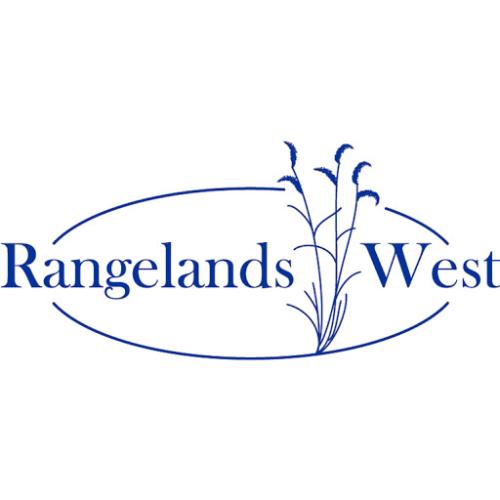Spatially patchy fire creates landscape-level diversity that in turn stabilizes several rangeland ecosystem services, including forage production and habitat availability. To enhance biodiversity and livestock production, efforts are underway to restore fire regimes in rangelands throughout the Great Plains. However, invasive species such as tall fescue Schedonorus arundinaceus syn. Festuca arundinacea, initially introduced for forage production, hamper prescribed fire use. Grazer density, or stocking rate, modulates the effect of patchy fire regimes on ecological patterns in invaded, semi-natural rangeland pastures. We compare three diversity–stability responses—temporal variability in aboveground plant biomass, portfolio effects among plant functional groups, and beta diversity in plant functional group composition—in pastures managed with two different fire regimes through three periods of heavy, light, and moderate stocking rate in southern Iowa, USA. Pastures were either burned in patches, with one-third of the pasture burned each year, or completely burned every third year. The period of moderate grazer density had the least temporal variability in aboveground plant biomass, regardless of fire regime. We also found statistical evidence for a portfolio effect under moderate stocking, where diversification of plant communities through varying cover of functional groups can stabilize communities by reducing year-to-year variability. Beta diversity among plant functional groups was greatest during the moderate grazer density period as well. The short stature of tall fescue prevented the patch-burning regime to create contrast in vegetation structure among patches, and there was no difference in any diversity–stability mechanism response across the two different patterns of burning. Although longitudinal, these data suggest that temporal variability in aboveground plant biomass declines with diversity–stability mechanisms that underlie ecosystem function. Our results also support a decades-old principle of range management: moderate grazing intensity enhances diversity and stability, which has been shown to buffer forage shortfalls during drought.

Articles, citations, reports, websites, and multimedia resources focused on rangeland ecology, management, restoration, and other issues on American rangelands.